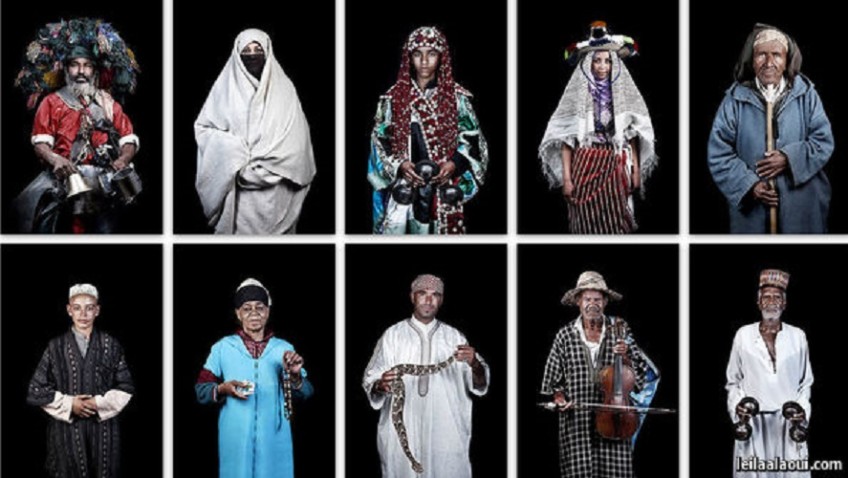BORN in Paris to a French mother and a Moroccan father, Leila Alaoui was a “third culture kid”—one of those mixed-heritage children raised in more than one country and language from birth. This made her acutely aware of the privilege of crossing borders freely. Her photography reflected this awareness, with its focus on ethnic minorities, experiences of migration and the willingness to risk all for the utopia that Europe represents.
Alaoui was killed outside a café on January 18th in the al-Qaeda shootings in Ouagadougou, Burkina Faso’s capital, aged just 33. Following her death, tributes from around the world have highlighted both her photojournalistic skill—she was on assignment at the time for a campaign for UN Women, part of the United Nations—and the striking mix of empathy, artistry and realism in her portraiture. However, it is important to take pause and, with all good intentions, start talking about her work beyond the tone of tribute and biography, and within the contexts she herself sought to highlight.
From her EU-commissioned series “No Pasara” (2008), which captured the lives of young Moroccans seeking to cross the Mediterranean, to her recent video installation about the perilous Saharan migrant route, “Crossings” (2015), Alaoui’s work brought to attention both the region and its economic migrants, which have seen only a fraction of the exposure or discussion that Syrian refugees have had. The scale and human suffering of the Syrian war and its humanitarian toll is without doubt urgent. But this intense focus further east obscured Europe’s failure to come to grips with the long-term problem of desperately poor people near Europe’s borders, dying to get in even if there isn’t a war on in their countries. Part of the power in Alaoui’s works lie in an alternative kind of journalistic rigour that is needed for precisely this longevity in perspective: one that is about intimate observation and understanding, without preconceptions.
Photographing a generation of North African labourers who had migrated for jobs in the French car industry, Alaoui was just as interested, if not more so, in capturing the second generation. In engaging with these young people, some considering radical Islam as an answer to identity politics and partial assimilation, Alaoui’s resulting video “Devil’s Island” (2015) revealed the ordinary frustrations that can fuel extreme actions. Even her popular portrait series “The Moroccans” (2010-14), on display at the Paris Biennale of Contemporary Arab World Photography at the time of her death, has an authenticity in its practice that makes it an anthropological record even as it sits comfortably within fine-art photography. For “The Moroccans”, Alaoui spent weeks in the villages of rural Morocco. Providing herself only as the means through which diverse ethnic Berber and Arab tribes could, if they chose, be photographed in their own attire and manner, the works were both an act of subverting the tired exoticisation of desert peoples and of invitation to self-representation, challenging preconceptions about a region that is anything but racially and culturally homogeneous.
Alaoui’s photojournalism drove the reasons for the movement of humans—before and beyond today’s crises—home, by turning a lens on those who have been and continue to remain unseen between world crises. Economic migrants in the regions she captured, including young Moroccans, Lebanese and Sub-Saharan Africans willing to make perilous crossings for a life in Europe were the consistent thread through her projects. At a time when European strategy is poorly addressing social alienation and religious radicalisation, perhaps it is time to look back closely on these trajectories of migrant experience rather than see the end consequences in isolation. To that end, where research and situational analyses to inform urgent policy-making may brush aside personal narratives—especially when these coincide with the making of art—in favour of hard data and eyewitness reports, the social afterlives of economic migration can be brought into the contemporary debate through work like Alaoui’s.




